This article was co-authored by wikiHow staff writer, Jennifer Mueller, JD. Jennifer Mueller is a wikiHow Content Creator. She specializes in reviewing, fact-checking, and evaluating wikiHow's content to ensure thoroughness and accuracy. Jennifer holds a JD from Indiana University Maurer School of Law in 2006.
There are 11 references cited in this article, which can be found at the bottom of the page.
This article has been viewed 12,224 times.
Learn more...
Canada Post delivers cards, letters, and parcels to people in Canada, as well as from people in Canada to people anywhere else in the world. To use Canada Post, make sure your items are properly packaged and secured for mailing and include the correct mailing address. Pay the correct amount of postage based on the size and weight of the items you're mailing. If you're worried about when your items will arrive, you can also arrange to track the delivery.
Steps
Sending Cards and Letters
-
1Choose the correct-sized envelope for your documents. The size of your envelope affects the amount you'll pay in postage. Canada Post recognizes 2 basic size categories of mail: standard and non-standard. Standard cards and letters have minimum dimensions of 140 mm x 90 mm (5.5 in. x 3.5 in.) and maximum dimensions of 245 mm x 156 mm (9.6 in. x 6.1 in.). If at all possible, try to fit your cards or letters in an envelope within the standard dimensions. Any envelopes outside this range are considered non-standard and will cost more to mail.[1]
- The maximum dimensions for standard mail are 235 mm x 120 mm (9.2 in. x 4.7 in.) if you're sending your card or letter to the US or another international destination.
-
2Calculate your postage rate. Your postage rate is based on the size and weight of your mail and its destination. Generally, if you're sending a standard card or letter within Canada, you'll only need one stamp. For non-standard and international mail, you'll likely need additional postage. Go to https://www.canadapost.ca/cpotools/apps/far/business/findARate to calculate your rate online.[2]
- For standard mail weighing up to 30 g (about 5 sheets of paper), postage is $1.07 for a single stamp, as of 2020. If you buy a booklet of stamps, you only pay about $0.92 a stamp. Postage is $1.30 for standard mail from 30 g to 50 g (about 9 sheets of paper). Anything larger is considered non-standard size.
- When in doubt, you can always just take your letters to the nearest post office.
Advertisement -
3Write the address on the envelope in uppercase block letters. Put the address of your card or letter's destination in the center of the back of the envelope (the side without the flap). A typical Canadian address has 3 lines: the name of the receiver, the civic address, and the municipality, province, and postal code. For example, your address might look like this:[3]
- SAMUEL GAGNON
10-123 MAIN ST SE
MONTREAL QC H3Z 2Y7
- SAMUEL GAGNON
-
4Place your letter in any mailbox in Canada. Once you have the correct address and postage on the envelope, you can send it out by putting it in any mailbox and a letter carrier will pick it up when they deliver mail to that address. To get your letter out sooner, take it to the post office in person.[4]
- Letters are retrieved from the large red mailboxes at certain times each day. Look on the mailbox to find out when the next collection time is and when your letter will be sent.
-
5Use registered mail if you want to track delivery. With registered mail, you'll get a mailing receipt when your letter or card is received. The receipt includes the signature of the person who signed for the letter or card when it was delivered along with the date it was signed. As of 2020, registered mail costs $9.75 in addition to the regular cost of postage.[5]
- Registered mail is only available if you take your card or letter in person to the nearest post office.
Shipping Parcels
-
1Create a Canada Post online account to ship online. Go to https://www.canadapost.ca/cpc/en/personal/receiving/manage-mail/epost.page and register for an online account if you don't already have one. You can also download a free app to create shipping labels using your smartphone or other mobile device.[6]
- You must have a valid physical postal address in Canada to use the epost service.[7]
- Your epost account includes other conveniences, such as the ability to order stamps and receive notifications about parcels you've sent or will receive.
-
2Provide information about the parcel you want to ship. Enter the address where you're sending the parcel, along with the parcel's weight and dimensions. If you don't know the exact weight of the parcel and don't have a scale, Canada Post has guides to help you estimate the weight for shipping purposes.[8]
- Your parcel should be at least big enough to fit the shipping label's barcode on one side without wrapping it. If your box is too small, place it in a larger box for shipping.
-
3Purchase and print your custom shipping label. After you enter the destination, weight, and dimensions of your parcel, epost tells you how much it will cost to ship it. You can pay online using any major debit or credit card. Then, you can print the file with the shipping label for that parcel.[9]
- If you don't have a printer at home, the post office will print your pre-purchased shipping label for you when you take your parcel to the post office for delivery. There is no extra charge for this service.
-
4Attach the shipping label to your parcel. Place your shipping label in the center of the largest side of your parcel so that all parts of it are completely visible. Tape all sides so that the label is flat and wrinkle-free against the box.[10]
- Use sturdy, clear packing tape to affix your shipping label. Avoid putting tape over the barcode as it could impede scanning.
-
5Drop your parcel off at the nearest post office. If your parcel is small enough to fit in a mailbox, you can leave it there for a mail carrier to pick up. Otherwise, you'll need to take it to the post office. Since you've already paid for your shipping label online, there's nothing else you need to do at the post office to ship your parcel.[11]
- If you didn't create a shipping label online, take your parcel to the nearest post office to mail it. They'll weigh and measure your parcel, then create your shipping label there.
- Once your parcel is sent, you can track it online from the Canada Post website or by using the Canada Post app on your smartphone or tablet.
Wrapping Parcels Properly
-
1Secure items in a sturdy, leak-proof container. Parcels shipped through Canada Post have an inner container and an outer container. Use the inner container to seal the items you're mailing. If there are any liquids, choose a plastic or metal inner container with a secure lid.[12]
- If you're sending fragile items, wrap them in tissue paper or newspaper before packing them in the inner container. For plate glass items, such as a picture frame, cushion the frame's glass with a sheet of corrugated cardboard on either side. You can tape them together so the glass doesn't slide out.
-
2Label the inner container with the address and return address. Put names and addresses on the inner container just as you would on the outside container. This protects your parcel so it will still reach its destination if the outer container is somehow destroyed.[13]
- Include your name and return address so the person receiving the parcel will know who sent it. This also enables Canada Post to return the parcel to you if there's any issue with delivery.
-
3Place the container in a cardboard shipping box. Use a sturdy cardboard box of good quality. If it was previously used to mail other items, cover or cross out all addresses and warnings related to the previous shipping.[14]
- Make sure the inner container is secure in the shipping box. Generally, your parcel should be packed so that it's able to withstand a drop of approximately 1 meter onto a concrete floor.
- If there's space for the inner container to move around in the shipping box, add cushioning material, such as newspaper or bubble wrap, to help prevent damage to the items inside.
-
4Seal the shipping box with reinforced tape. Use tape for all flaps of the box so that there are no open areas and the flaps lay flat. If there are gaps between flaps, or a flap pops open, you might want to use a larger box.[15]
- Turn the box in all directions to make sure the tape is secure.
-
5Cover the shipping box in kraft paper. Kraft paper is thick brown packaging paper, similar to the paper used for a brown paper grocery bag. You can buy it online, at the post office, or at discount or hobby stores. Wrap the shipping box in the paper the same way you would wrap a gift.[16]
- Use reinforced shipping tape to tape up all the seams of the paper. Make sure it's thoroughly sealed and covers the entire shipping box.
-
6Add any special instructions to the shipping box. If your parcel includes fragile or hazardous items, write a warning in all capital letters on the top and one side of the box so handlers know to treat the parcel with special care. Parcels with known allergens, such as peanuts, sesame seeds, tree nuts (such as almonds or walnuts), and eggs should also be labeled accordingly.[17]
- For example, if you were shipping a glass vase, you would write "FRAGILE" on the top of the box (the largest side) as well as on one of the lateral sides. If you were shipping fruit or other food items, you would write "PERISHABLE."
- Once you purchase and affix the appropriate shipping label, your parcel will be ready to send.
Warnings
- Canada Post will not deliver parcels, cards, or letters that emit any kind of odor.[19]⧼thumbs_response⧽
- You cannot mail items through Canada Post that are restricted by Canadian law, including drugs, gambling information, and obscene materials.[20]⧼thumbs_response⧽
- Dangerous or hazardous material that isn't prohibited must be packaged in such a way that it is harmless to parcel handlers.[21]⧼thumbs_response⧽
References
- ↑ https://www.canadapost.ca/cpc/en/personal/sending/letters-mail/letter-size.page
- ↑ https://www.canadapost.ca/cpc/en/personal/sending/letters-mail/postage-rates.page?
- ↑ https://www.canadapost.ca/web/en/kb/details.page?article=how_to_address_mail_&cattype=kb&cat=sending&subcat=generalinformation
- ↑ https://www.canadapost.ca/cpc/en/personal/sending/letters-mail.page
- ↑ https://www.canadapost.ca/cpc/en/personal/sending/letters-mail/registered-mail.page?
- ↑ https://www.canadapost.ca/cpc/en/personal/sending/parcels/ship-online.page
- ↑ https://www.canadapost.ca/web/en/kb/details.page?article=legal_terms_of_use&cattype=kb&cat=generalinquiries&subcat=generalinformation#serviceTermsAndConditions
- ↑ https://www.canadapost.ca/cpc/en/personal/sending/parcels/ship-online.page
- ↑ https://www.canadapost.ca/cpc/en/personal/sending/parcels/ship-online.page
- ↑ https://www.canadapost.ca/tools/pg/manual/PGabcmail-e.asp
- ↑ https://www.canadapost.ca/cpc/en/personal/sending/parcels/ship-online.page
- ↑ https://www.canadapost.ca/web/en/kb/details.page?article=the_best_way_to_wrap&cattype=kb&cat=sending&subcat=generalinformation
- ↑ https://www.canadapost.ca/web/en/kb/details.page?article=the_best_way_to_wrap&cattype=kb&cat=sending&subcat=generalinformation
- ↑ https://www.canadapost.ca/tools/pg/manual/PGabcmail-e.asp
- ↑ https://www.canadapost.ca/web/en/kb/details.page?article=the_best_way_to_wrap&cattype=kb&cat=sending&subcat=generalinformation
- ↑ https://www.canadapost.ca/web/en/kb/details.page?article=the_best_way_to_wrap&cattype=kb&cat=sending&subcat=generalinformation
- ↑ https://www.canadapost.ca/tools/pg/manual/PGabcmail-e.asp
- ↑ https://www.canadapost.ca/cpc/en/personal/sending/parcels/return-labels.page?
- ↑ https://www.canadapost.ca/tools/pg/manual/PGabcmail-e.asp
- ↑ https://www.canadapost.ca/tools/pg/manual/PGnonmail-e.asp#1387800
- ↑ https://www.canadapost.ca/tools/pg/manual/PGnonmail-e.asp#1387800
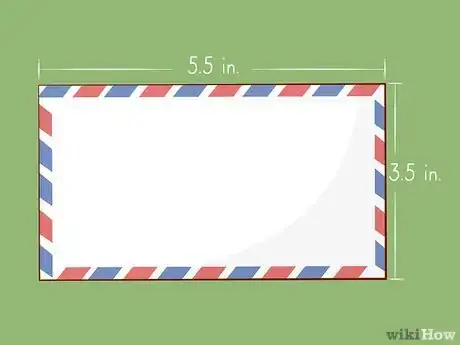
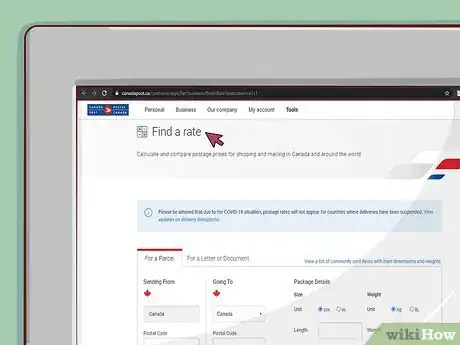

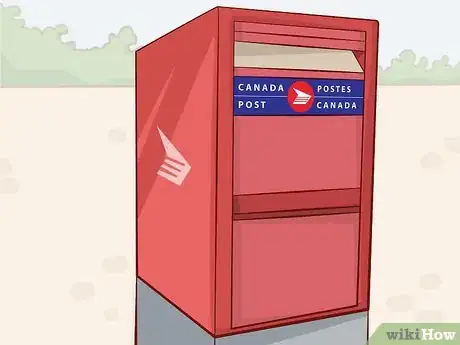
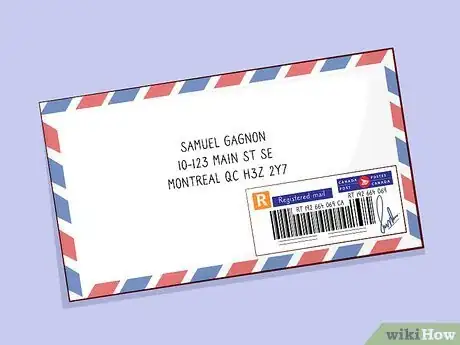

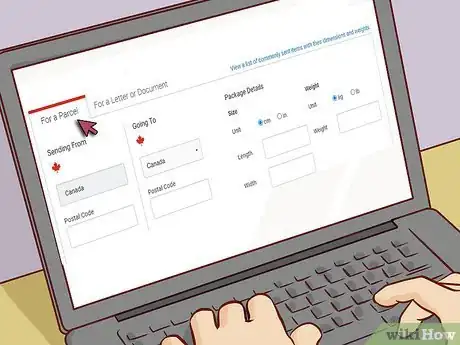
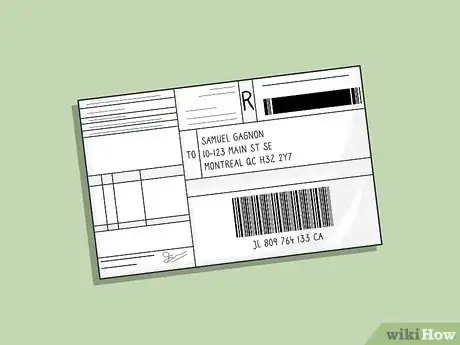
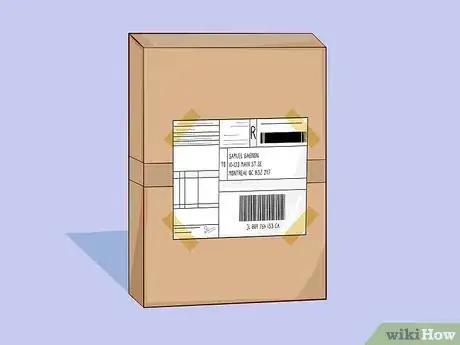
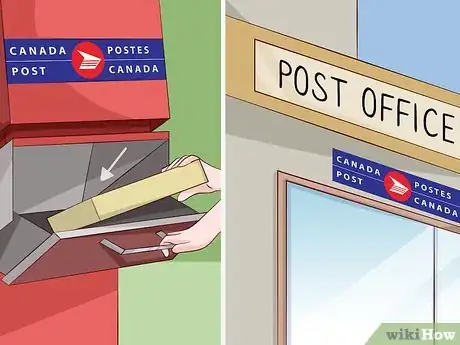

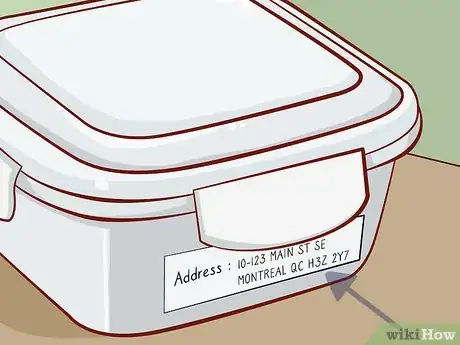
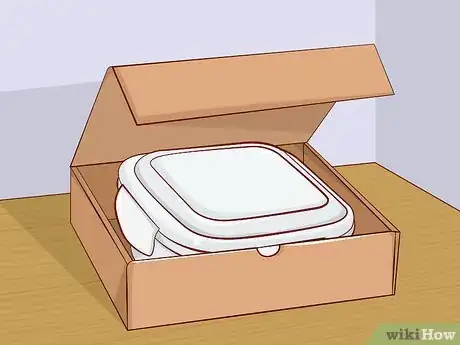
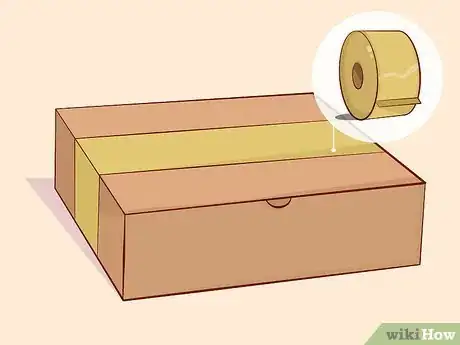
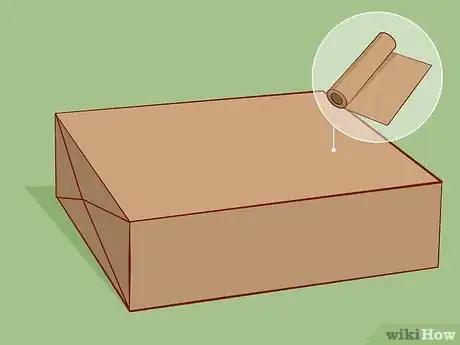
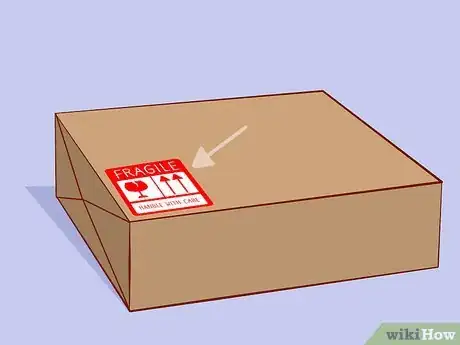

-Step-12-Version-2.webp)




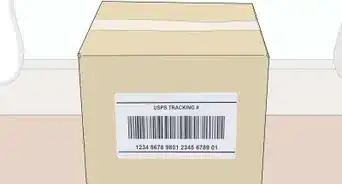
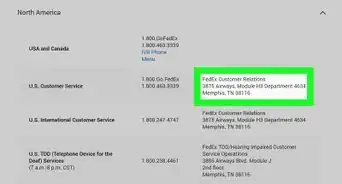
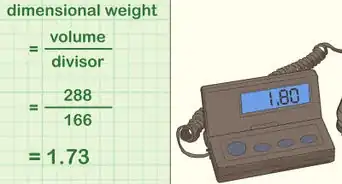

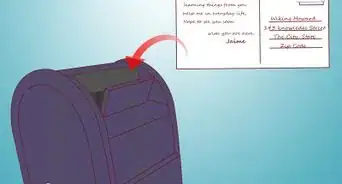
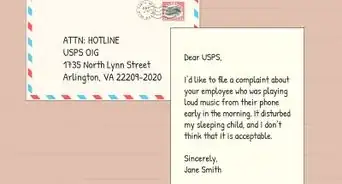










-Step-12-Version-2.webp)




































